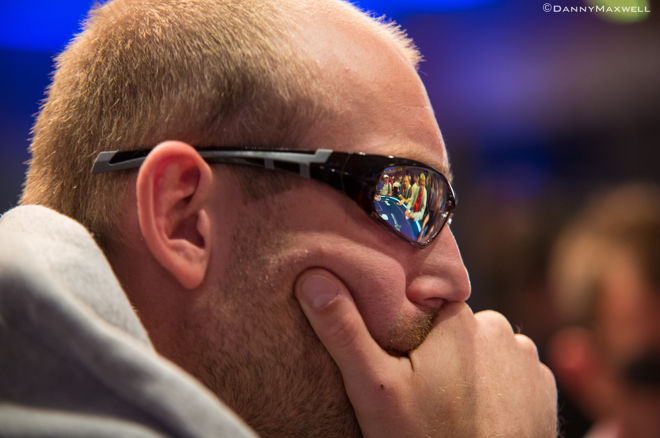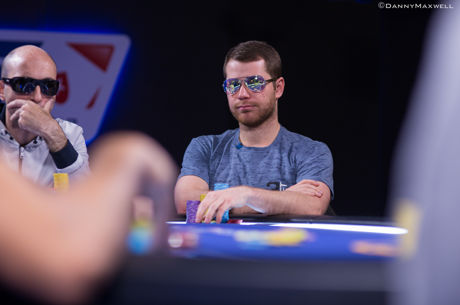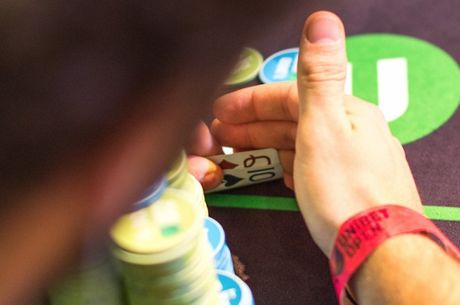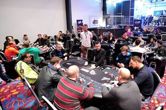Third Level Thinking: Recognizing Your Image and Exploiting It Profitably

In my last column I began a discussion of "third level thinking" �� learning to recognize what cards your opponent thinks you to be playing �� and then how to exploit that. Today we'll look at another aspect of third level thinking, one that involves recognizing your image in your opponent's mind.
You need to start with the premise that your image in your opponent's mind may be quite different from your image of yourself.
We each tend to be the hero in our own story. We forgive our deficiencies and exaggerate our abilities. Simply put, as we understand our unique motivations and desires, we tend to have a very rosy picture of ourselves �� and (importantly) we tend to think that others see us as we see ourselves.
But we must jettison that view if we are to take advantage of third level thinking correctly. To be effective at third level thinking (or any of the higher types of thinking that involve an understanding of our image) we must accurately assess what our image actually is in the minds of others, and not what we would like it to be.
Our image in our opponent's mind derives from a combination of factors, including our reputation, our historic style of play, the action of others towards us, and even our demeanor at the table. More than anything, though, our image is chiefly based on our recent action �� that is, our betting action that we have done at the table in the last hour or so.
Our first step toward understanding our image at the table, then, is to release from our mind our image of ourselves. What matters is how they see us, not how we see ourselves. Next start to focus on this particular session, and how the hands we've played might have affected how others are viewing us.
Let's say we've sat down with a number of players with whom we haven't played before. We've started out with good drawing hands and have played them aggressively in position. But for whatever reason, the hands did not develop, our opponents proved sticky, and we've ended up showing down pretty dreadful holdings. As the randomness of the deal would have it, we had four of these hands with visibly bad outcomes for us in the first two orbits.
In a situation such as this, though we know we are generally a strong, tight-aggressive player, what would our opponents think of us? They don't know that we are typically highly selective with our starting hands. They don't care what we know to be true about our real playing style. They only know that for the half-hour or so they've seen us play we've appeared pretty poor. And that's the image they have of us �� a loose, perhaps even bad player.
But here's the good news. You can use this image, adjusting your play based on the impression your recent play has created in the mind of your opponent.
If you've called and lost lately, recognize that you might look like a calling station to someone not very familiar with your play. You've been caught bluffing a couple of times lately? Recognize that you appear more loose-aggressive than tight-aggressive to them. You've backed down from a few fights lately? Perhaps you're looking more like a weak-tight player. Then use that new image to set up your opponents, and make them pay for such incorrect reads.
The key is to have the ability to recognize when your image changes in the mind of your opponent. Some players cannot do that. They have an image of themselves and try to make moves at the table that take advantage of that image, even though that image is one only in their head. They will lose because of it.
This works when things are running your way as well. You enhance your image as a fierce, tough competitor when you show down a winner or knock someone out of a pot with a particularly strong bet. Your opponents, reacting to that strength, are more likely to respect your bets in the future. You can take advantage by pushing marginal hands and bluffing more frequently, recognizing your opponents are likely to get out of your way rather than to take you on.
Poker is perhaps unique among all of the competitive events in that it is often the case that no one really knows who is a winning and who is a losing player in the long run. The only thing that players can be sure about their opponents is how they appear when they are seated with them.
That translates into impressions being build on short-term, session-by-session experiences. You profit from that by first recognizing the image you've projected to your opponents based on your recent performance against them. Then you use that image to cause your opponents to misread the true strength of your hand.
Those misreads, and the incorrect betting decisions that flow from them, are the source of your profit.
Ashley Adams has been playing poker for 50 years and writing about it since 2000. He is the author of hundreds of articles and two books, Winning 7-Card Stud (Kensington 2003) and Winning No-Limit Hold'em (Lighthouse 2012). He is also the host of poker radio show House of Cards. See www.houseofcardsradio.com for broadcast times, stations, and podcasts.









